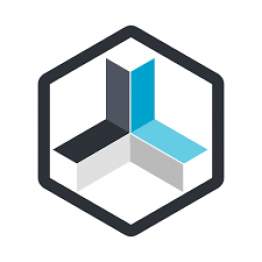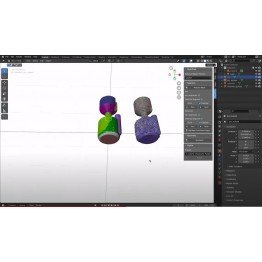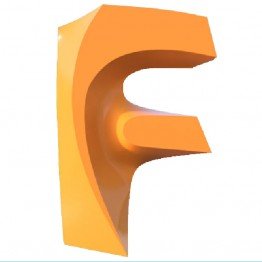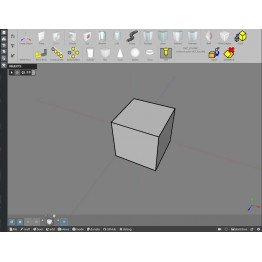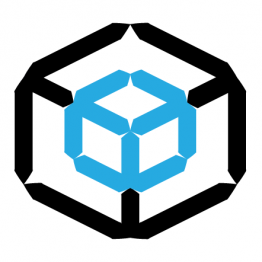Calidad
¡Productos cuidadosamente escogidos!
MakerCAM es un programa en línea gratuito de CNC para generar código G desde un archivo .svg.
MakerCAM es un programa en línea gratuito de CNC para generar Gcode a partir de un archivo .svg y usarlo para controlar su máquina CNC.
MakerCAM es un buen lugar para comenzar a generar gcode porque está en línea, lo que significa que no tiene que instalar nada para usarlo, y es relativamente simple. Puede encontrar que rápidamente desea un programa CAM con más funciones, puede encontrar una lista de dichos programas aquí.
MakerCam es un proyecto basado en PartKam creado por Jack Qiao.
Aquí hay un enlace a su blog oficial con información sobre su proyecto PartKam http://jack.works/sfu-2011/partkam-cam-program/
Escribe una opinión
Tu nombre:Tu opinión: Nota: HTML no es traducible!
Puntuación: Malo Bueno
Introduce el código en la casilla inferior:









